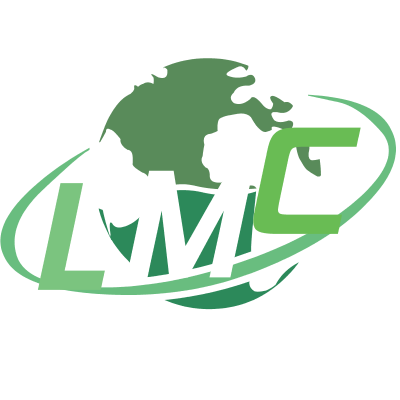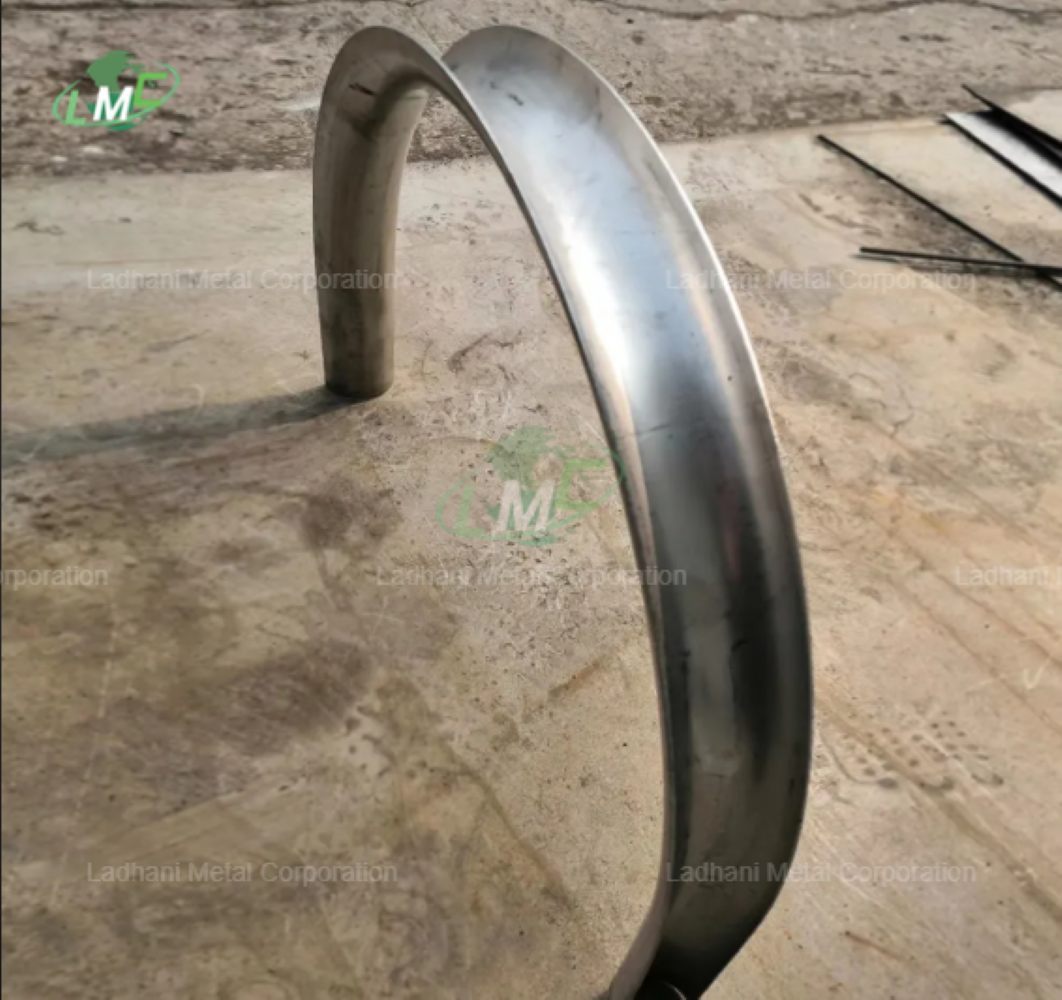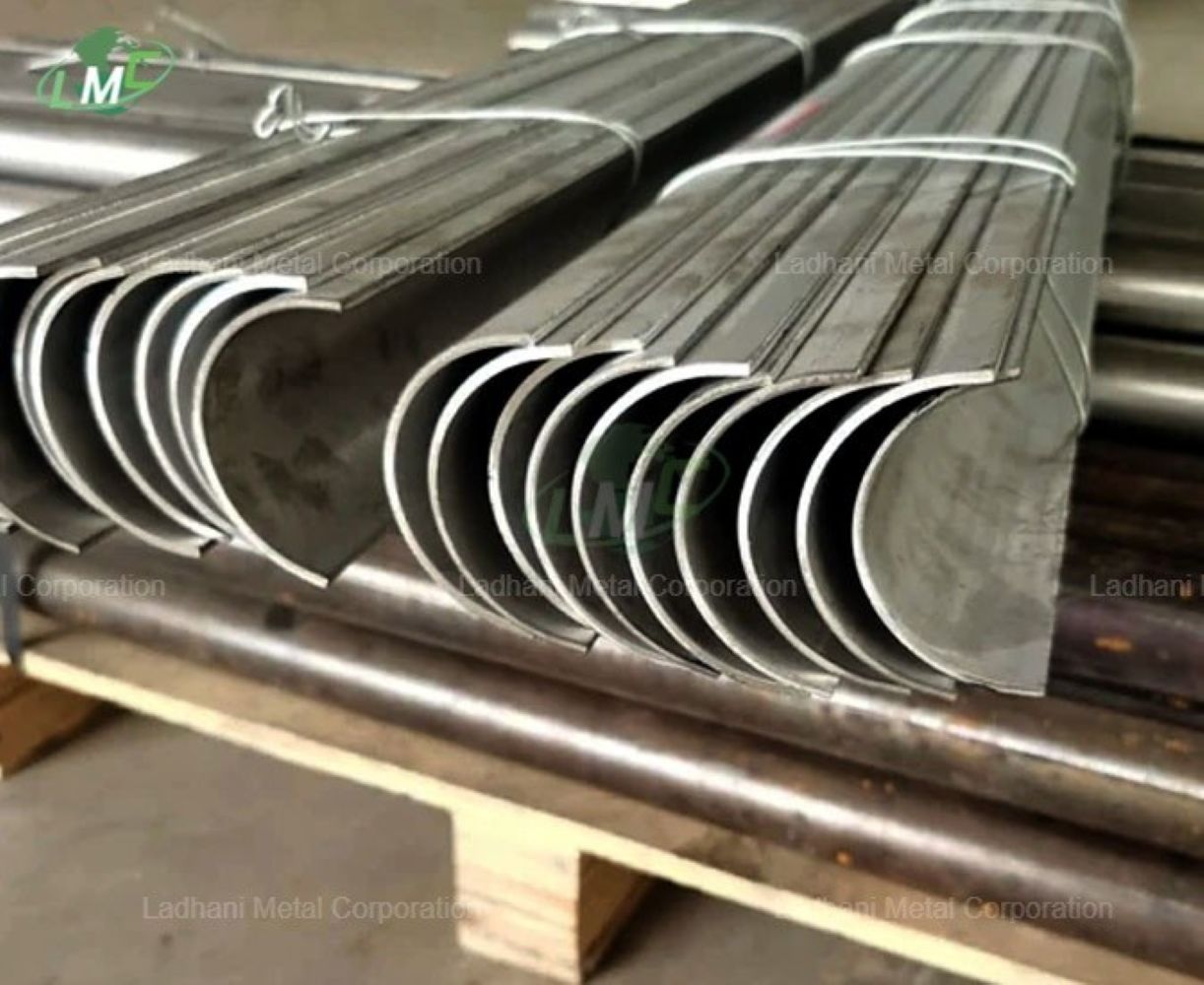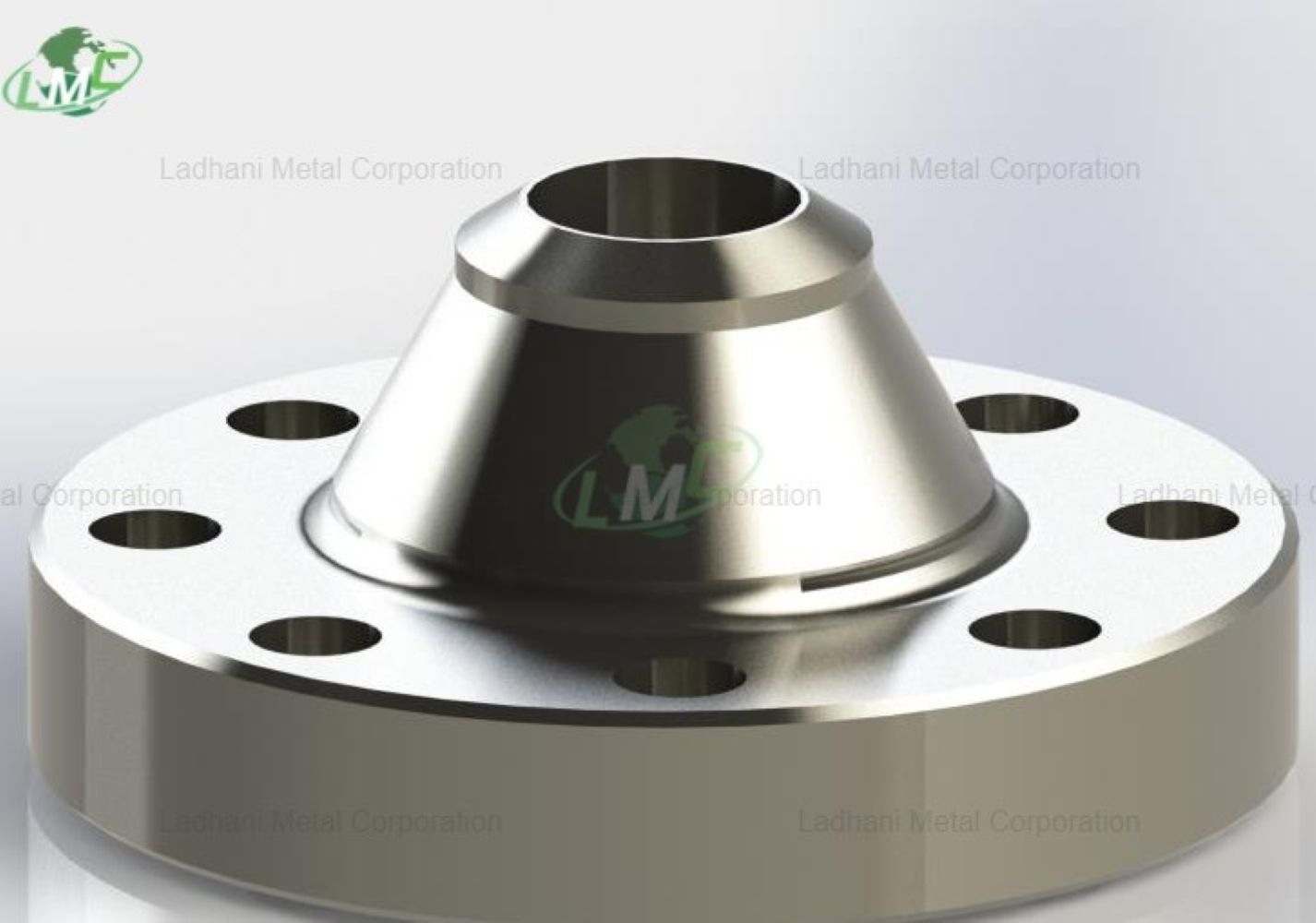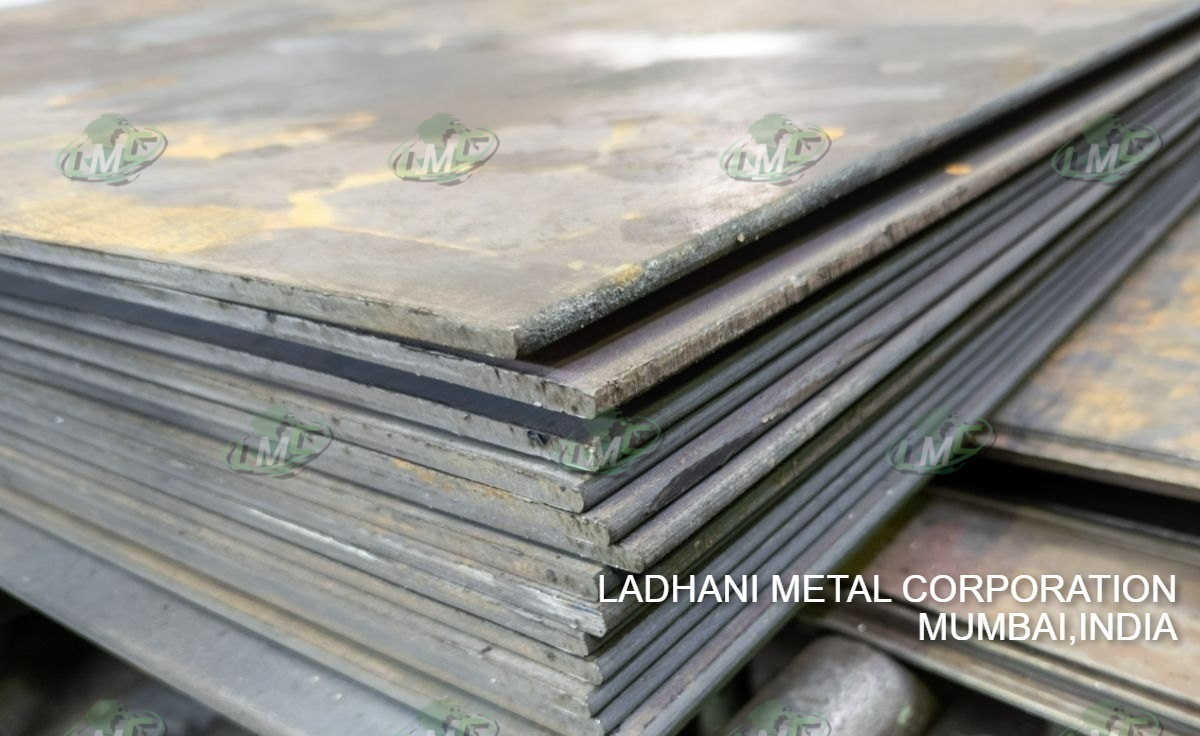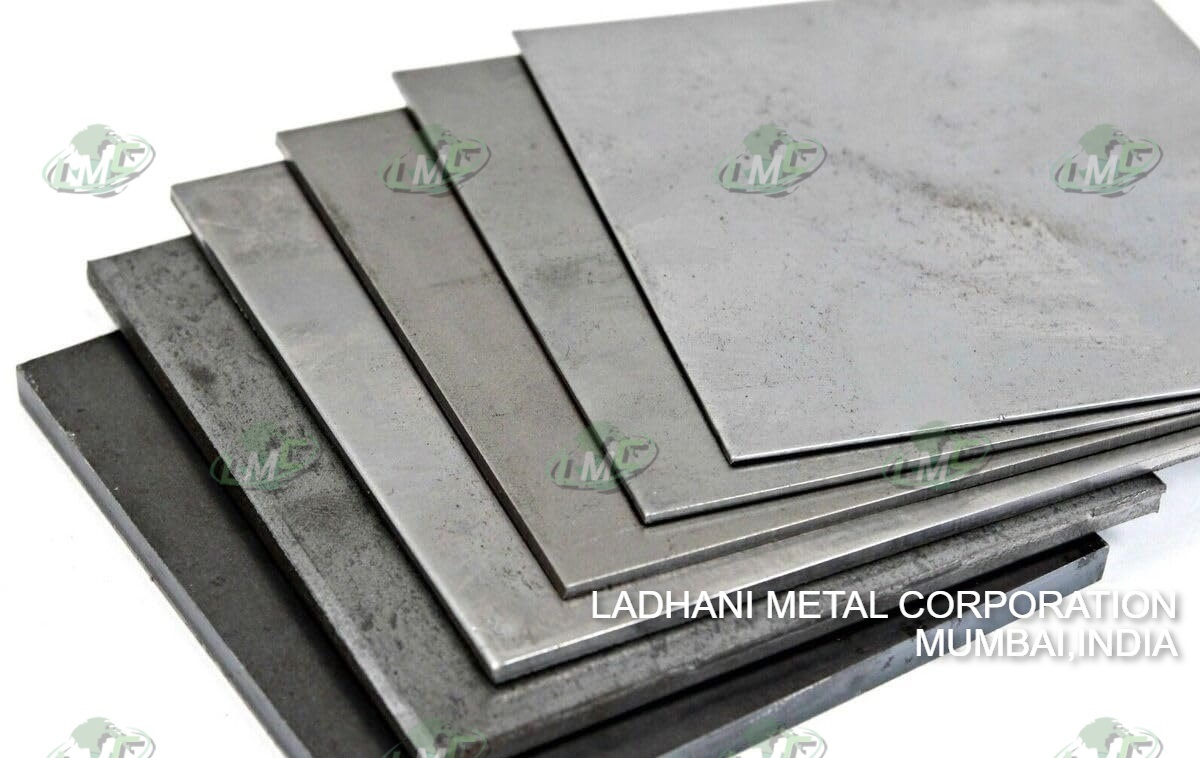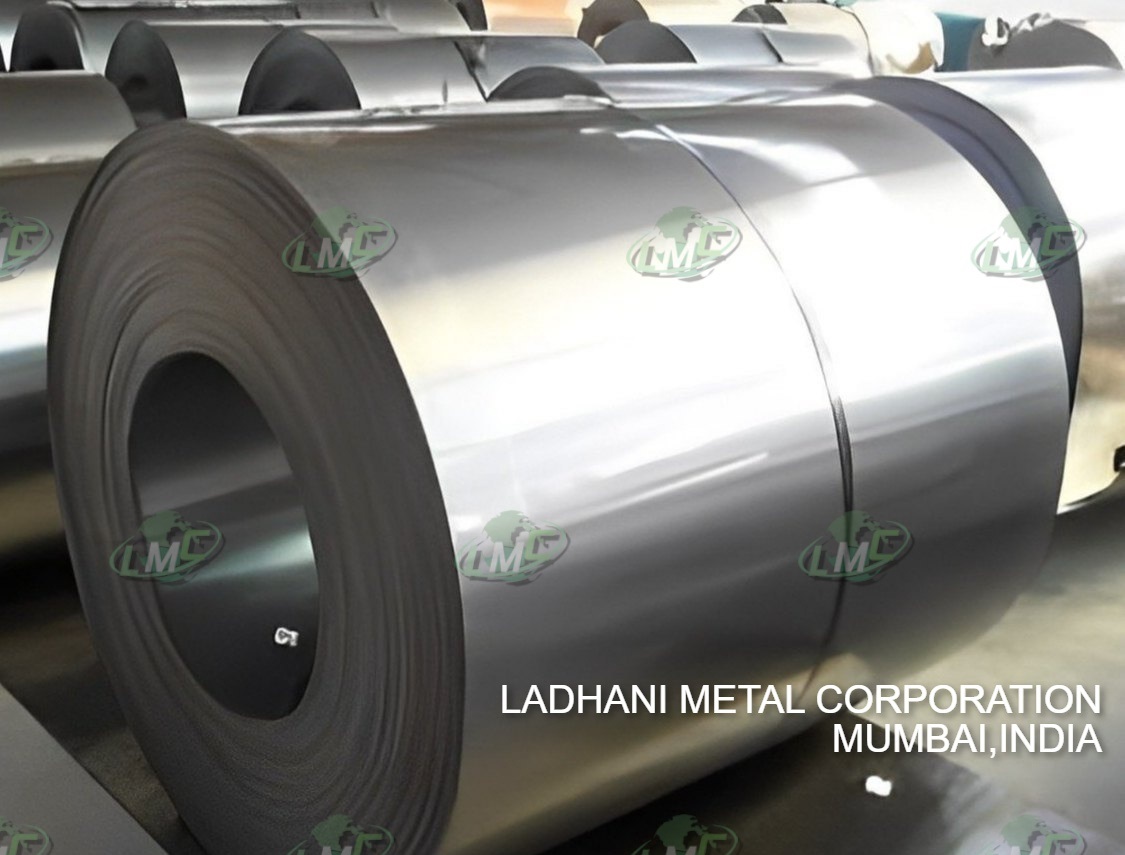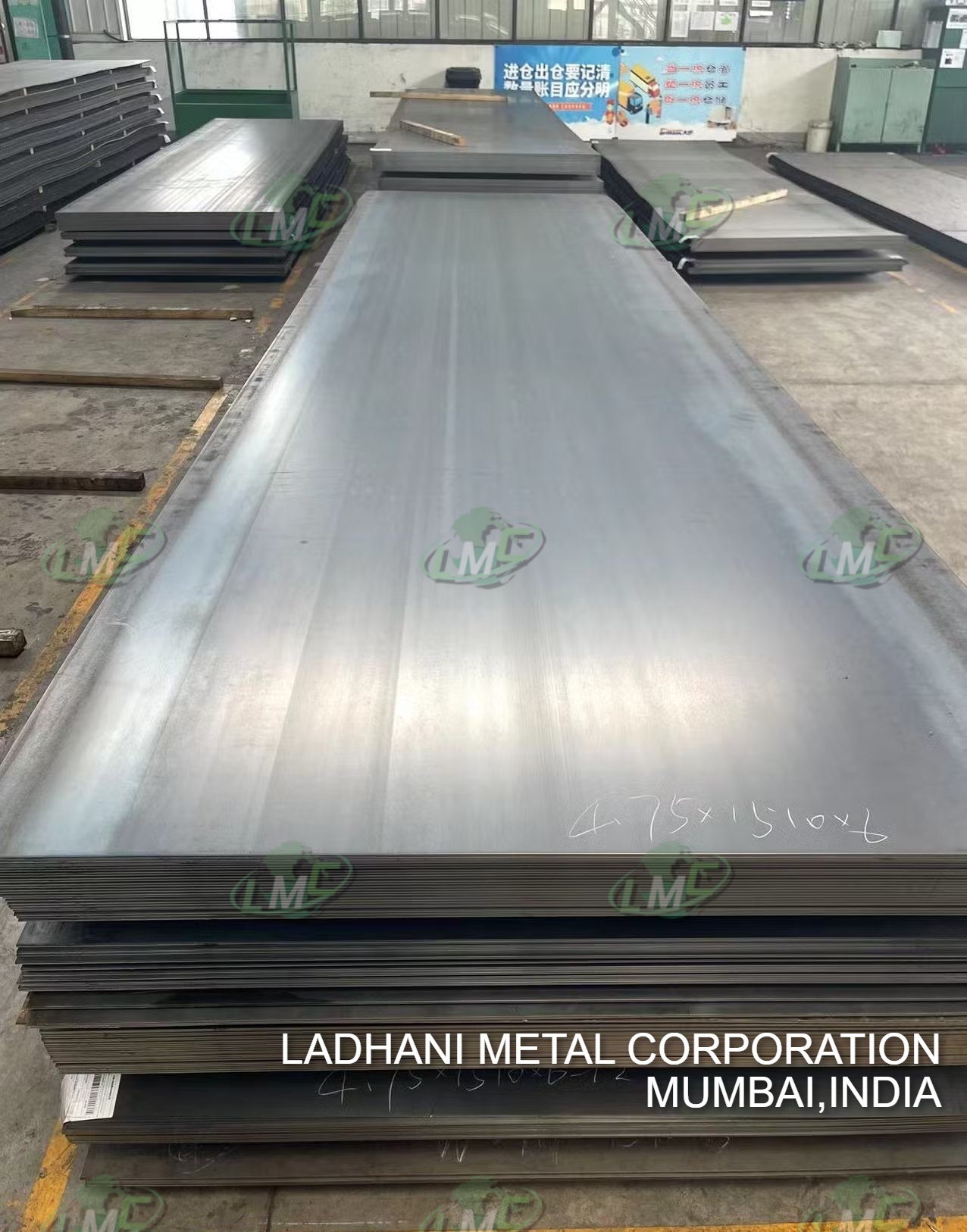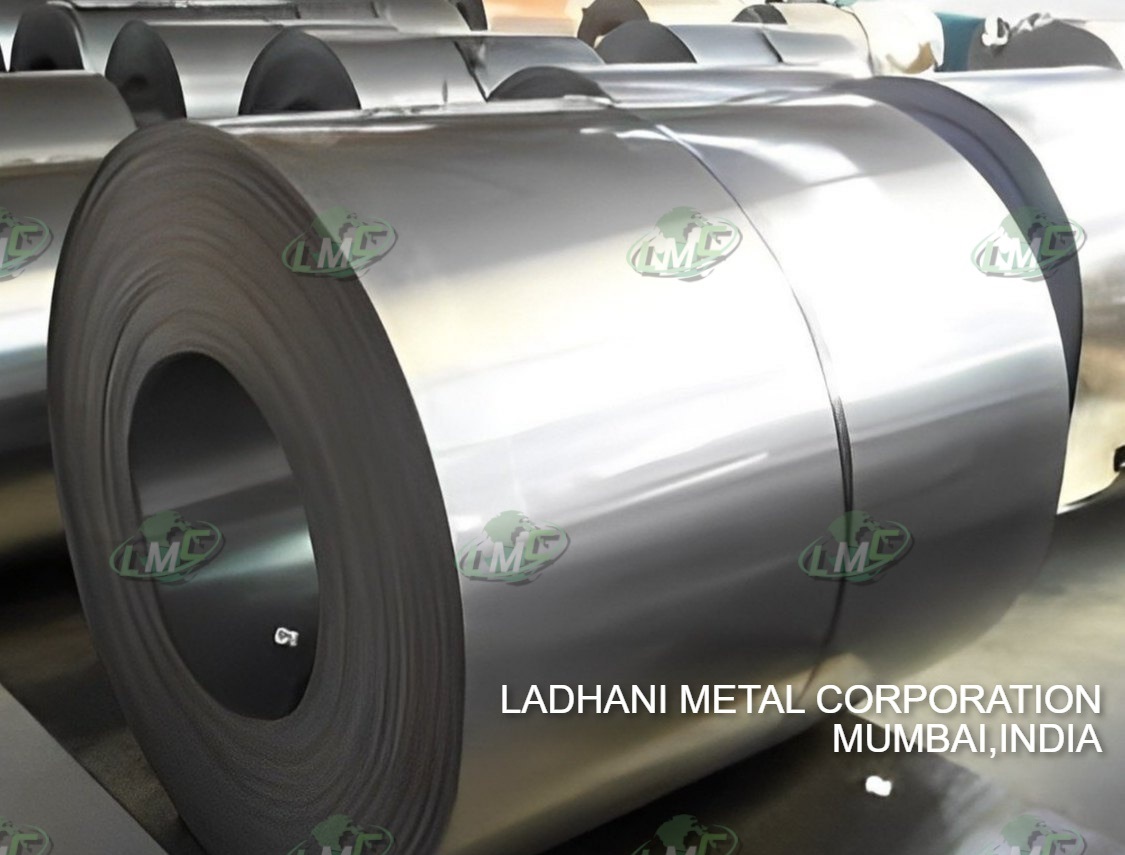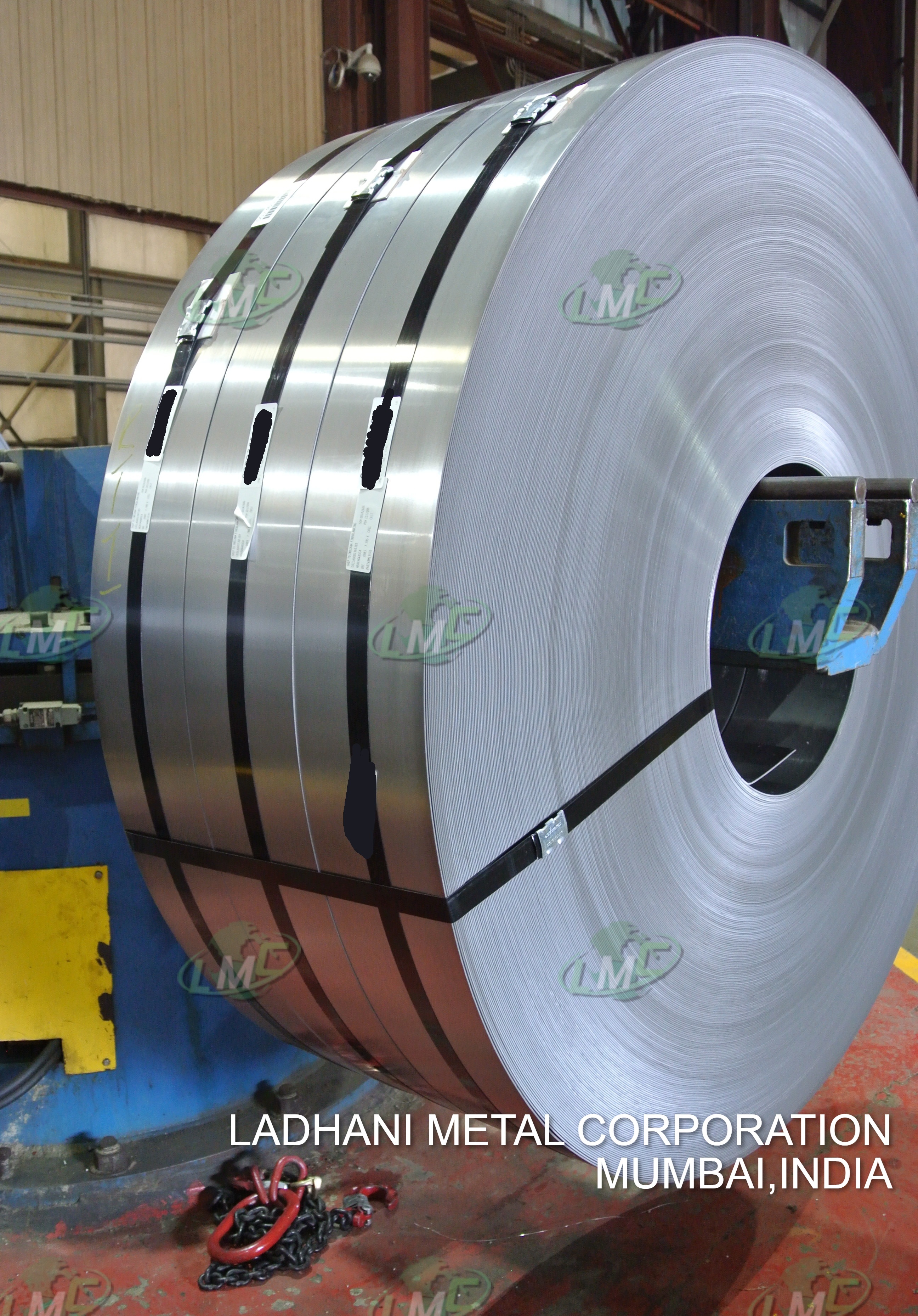Half Round Tube Shield Half Round Tube Shields by Ladhani Metal Corporation are precision-formed protective sleeves designed to guard heat exchanger and boiler tubes from high-temperature corrosion, erosion, and mechanical wear. These shields are used extensively across thermal power, petrochemical, and process industries to improve tube longevity and reduce maintenance costs. Their half-round design allows easy installation without dismantling the tube system. SS 304L U Type Half Round Tube Shield The SS 304L U Type Half Round Tube Shield is designed to protect both straight and curved (U-bend) tube sections in heat exchangers, superheaters, and boilers. Made from low-carbon stainless steel 304L, this shield provides excellent corrosion resistance and is particularly suitable for applications where post-weld heat treatment is not feasible. Its U-shaped profile ensures secure coverage of return bends, which are often the most vulnerable to thermal stress and flue gas attack. This shield is available in both inner and outer configurations to ensure full tube coverage. This shield is available in two key configurations to provide complete protection around the bend radius: • Outer U Type Half Round Tube Shield – Covers the external curvature of U-bend tubes exposed to radiant heat, slag, and gas flow. • Inner U Type Half Round Tube Shield – Protects the internal arc of bends from turbulence, scaling, and localized heat buildup. Ladhani Metal Corporation is a trusted manufacturer and exporter of SS 304L U Type Half Round Tube Shields, delivering durable and customized protection solutions for global industrial applications. Chemical Composition of SS 304L – Austenitic Stainless Steel • Carbon (C): ≤ 0.035% • Manganese (Mn): ≤ 2.00% • Phosphorus (P): ≤ 0.045% • Sulfur (S): ≤ 0.030% • Silicon (Si): ≤ 1.00% • Chromium (Cr): 18.0 – 20.0% • Nickel (Ni): 8.0 – 12.0% • Iron (Fe): Balance Applications: Ideal for high-temperature and corrosive environments where low carbon content is preferred to minimize carbide precipitation during welding. Uses • U-bend tube shielding in superheaters and heat exchangers • Return bend protection in boilers and WHRBs • Shielding of curved coils in steam reforming and process plants • Corrosion prevention in waste-to-energy and flue gas-exposed systems • Surface protection in ammonia plants, HRSGs, and incinerators Features • corrosion resistant – SS 304L offers excellent resistance to oxidation, scaling, and chemical attack in high-temperature environments • low carbon content – minimizes risk of carbide precipitation during welding, improving post-weld corrosion resistance • precise fit – custom-formed to match U-bend radius for secure installation and effective shielding • high durability – retains mechanical strength under thermal cycling and flue gas exposure • easy installation – designed for quick on-site mounting via clamping, welding, or banding • versatile finish – available in pickled, passivated, or bright annealed surface treatments • customizable – produced in various lengths, thicknesses, and diameters as per customer requirements Applications • Thermal power plants – Protects U-bend tubes in superheaters, reheaters, and economizers. Prevents oxidation, scaling, and thermal damage from flue gases. • Petrochemical refineries – Shields curved furnace and exchanger tubes. Resists heat, carburizing gases, and corrosive media. • Waste heat recovery systems (WHRBs) – Guards return bends from ash erosion and gas turbulence. Enhances tube life in incinerators, engines, and kilns. • Chemical and fertilizer plants – Used on U-bends in reactors and reformers. Prevents stress corrosion and thermal fatigue. • HRSGs and boilers – Installed on return coils exposed to high-temperature flue gases. Ensures reliable operation under cyclic heating conditions. Conclusion The SS 304L U Type Half Round Tube Shield by Ladhani Metal Corporation provides comprehensive and long-lasting protection for U-bend tube sections operating in aggressive thermal and corrosive environments. Manufactured with high-precision forming and superior materials, these shields offer reliable coverage, excellent weldability, and extended service life. As a leading manufacturer and exporter, Ladhani Metal Corporation offers customized shielding solutions that match your project’s specifications and environmental demands. For detailed specifications, technical support, or to request a quotation, please contact Ladhani Metal Corporation.
Send Message